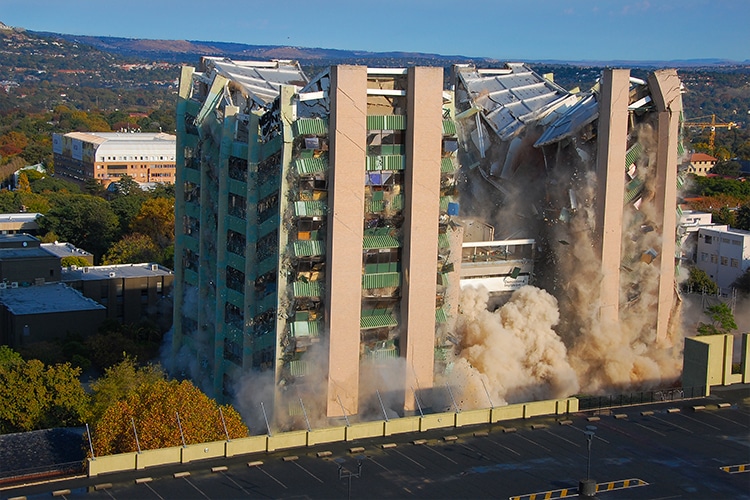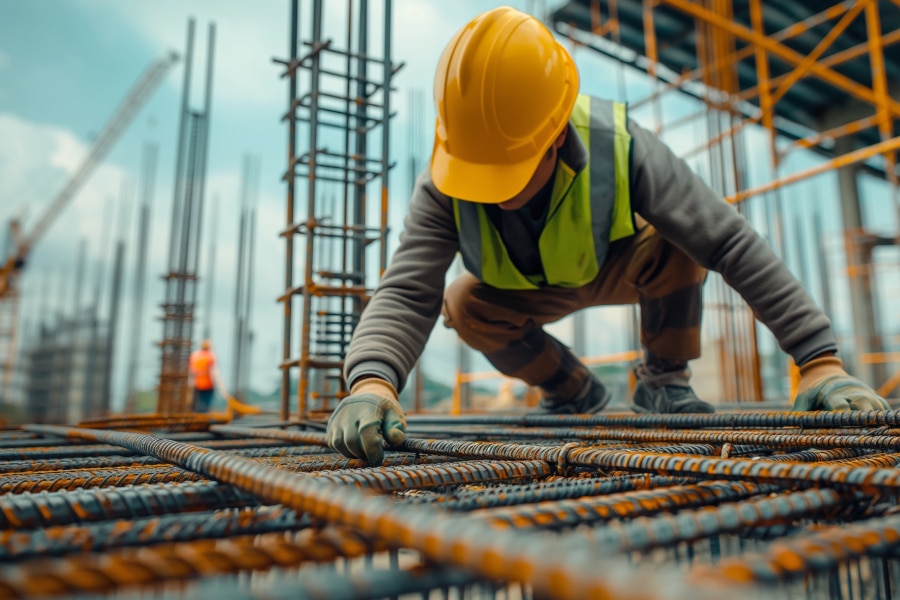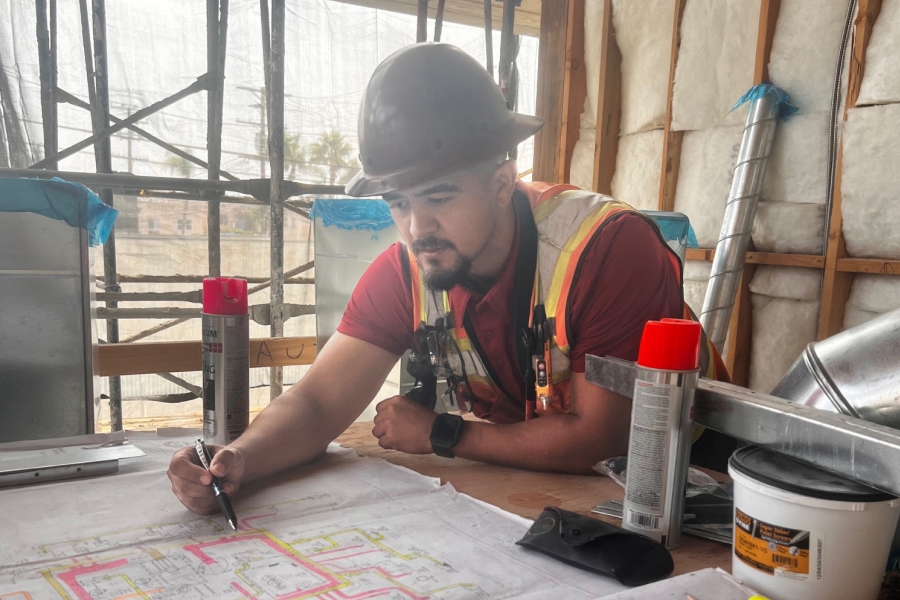How do you demolish a 52-story-building in the heart of one of the world’s most densely populated cities without causing a serious amount of collateral damage? That question was surely on the minds of the New York City Department of Buildings before they approved Howard I. Shapiro & Associates’ proposed destruction of the 707-foot tall headquarters of JPMorgan Chase & Co—a massive structure that currently looms above Park Avenue, one of the city’s busiest thoroughfares. It’s set to be the biggest demolition in history.
The building is set to come down in 2019. How will it be done without bringing Manhattan to a screeching halt? New innovations have transformed the industry while more robust safety standards from OSHA and cities around the country have increased the safety of onlookers and civilians in neighboring structures.
According to the National Demolition Association very few buildings are actually imploded. In fact, it’s fewer than 1%. While your mind’s eye may envision a demolition as an explosive experience resulting in the structure coming down in a smoking heap, that’s usually not the case. Other types of demolitions include structural dismantlement, taking a building to its most basic materials, and deconstruction—the most labor intensive as it requires preserving as much reusable material as possible.
The reuse and repurposing of material from demolished buildings has positioned the demolition industry as a leader in environmental practices. Through these practices the industry helps save energy and mitigate the environmental impacts of tearing down something old to be replaced by something new.
So what’s the upside of using implosion? One benefit is simple: it saves time. What could take months of stripping and hard deconstruction is condensed into a much smaller time frame. First, the building is stripped of all valuable materials, like copper wire, which can be resold and reused in other projects, creating a more sustainable process. When large structures are imploded, a complex planning process ensures that the structure will collapse into its own footprint, thus preventing damage to its surroundings. An implosion brings the building in on top of itself, as opposed to an explosion, which would launch things outward.
Companies like Controlled Demolition Inc., which led the way in taking down the iconic Kingdome in Seattle, Washington, placed the least amount of explosives possible in the most architecturally vital portions of the building to ensure that the building would cave inward and then let gravity do the rest of the work.
An essential part of any demolition is ensuring the safety of workers and civilians. One major aspect of that is in the planning. In the particular case of the Chase Bank headquarters, demolitions in New York City must include not only fencing and traffic information, but also very detailed training and notifications to the public. In Philadelphia, demolition companies must meet certain contractor qualifications, present a detailed site safety plan, and ensure the protection of pedestrians through the construction of a site plan containing adjacent walkways, streets and easements, as well as all other existing buildings in the area. There are also regulations in place to deal with any asbestos that is part of the structure.
Finally, the technology that demolition experts utilize is what makes the process function and can also keep workers safe by reducing the hazards of working on the site. Once again according to the National Demolition Association, demolition technology includes “a host of specialized excavators, loaders, cranes, backhoes, skid steers, as well as various attachments such as wrecking balls, crushers, sheers, hammers, universal pulverizers and the like.” There is also a bevy of protective equipment like respiratory protectors, air monitors and filtration units that create a safe working environment.
Cutting-edge technology is also making its way into demolition. For the Chase Headquarters project, the firm has proposed using Brokk 500 remote-controlled demolition robots. These machines have some serious punching power via hydraulic breakers that can produce 1,086 foot-pounds of force with each blow.
The demolition robot industry has grown more competitive than ever with companies likeFinmac and Husqvarna competing with Brokk to push innovation to new heights. This combination of technology, increased safety regulations, and environmentally sound practices is what makes it possible to brush away the old and revitalize our cities and towns with the new.











